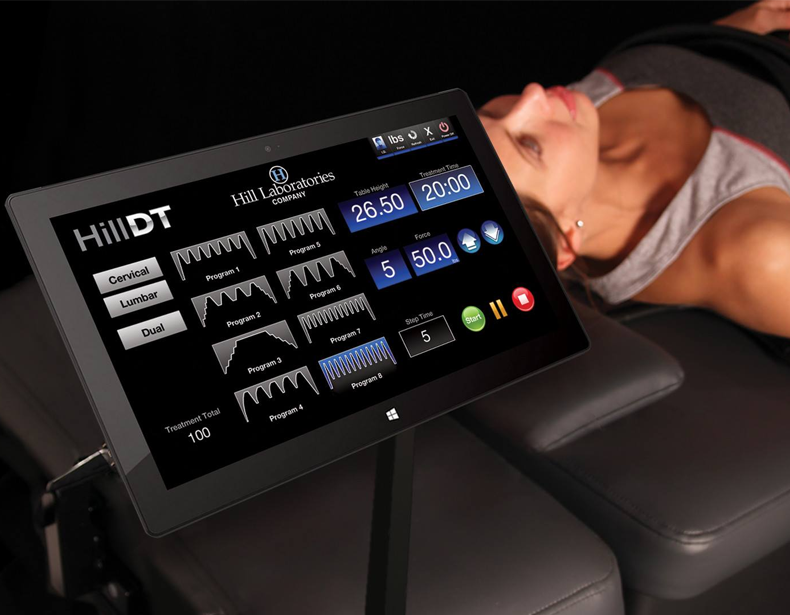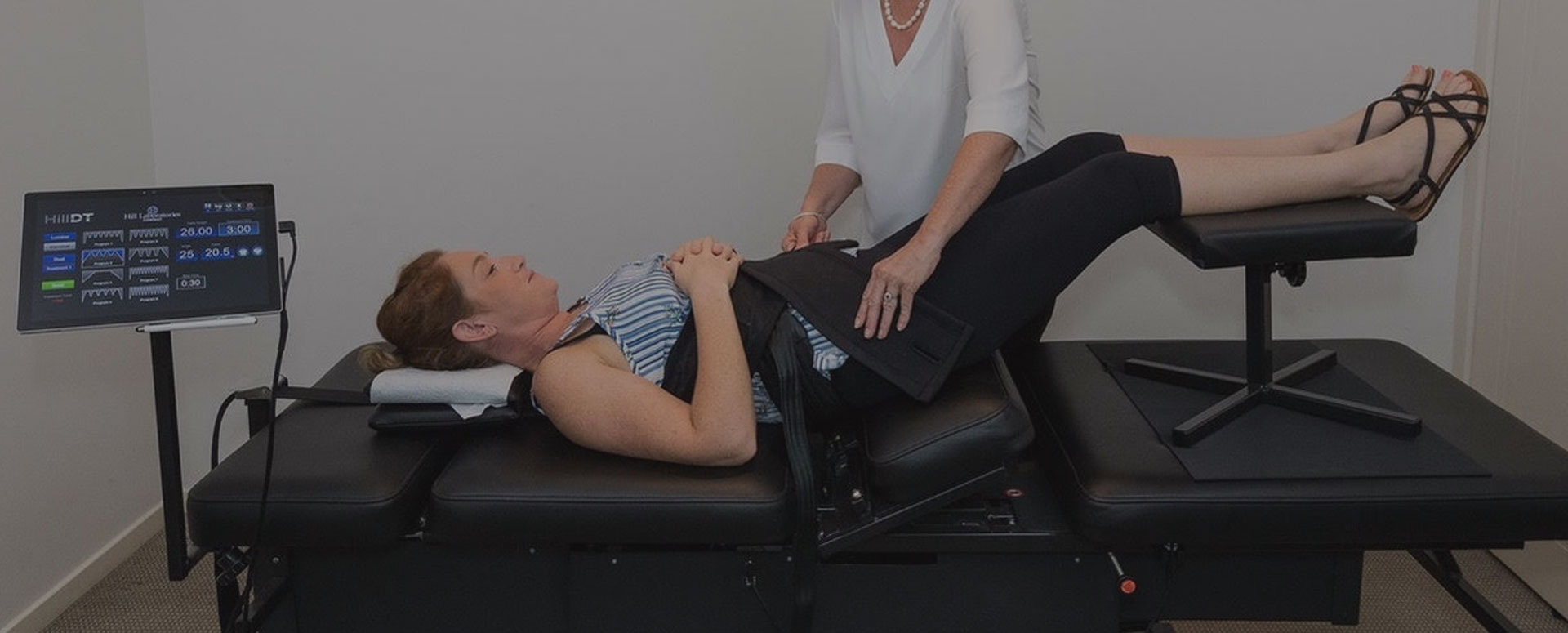FREQUENTLY ASKED QUESTIONS
HOW DO I KNOW IF I AM A CANDIDATE FOR SPINAL DECOMPRESSION TREATMENT?
All patients are required to have an initial assessment by our Doctor where they will be thoroughly assessed for suitability and checked for any contraindications. To see conditions which are most likely to be suitable for the treatment go to the ‘Why NSSC’ tab.
CAN I DRIVE HOME AFTER TREATMENT?
Yes. Patients are encouraged to have a walk before getting straight back into their car, but it is quite OK to drive yourself home. Those people coming from a long distance away may find that taking public transport is more comfortable as you can move around rather than sitting in the one position. Our clinic is immediately opposite the Hawthorn train station and the tram from Flinders Street.
HOW MANY TREATMENTS WILL I NEED?
For long standing chronic disc issues in the lower back, patients usually have multiple treatments per week spread over several weeks. All back conditions are different, and some patients may feel a symptomatic improvement after a few sessions however for most, the long-lasting therapeutic changes are progressive and take a number of weeks to achieve.
For conditions such as compressed or pinched nerves the gentle stretches need to be increased to the point where either the compressed disc has the opportunity to retract away from the nerve or a pinched nerve can be released. Once achieved, pain relief will be immediate.
For more recent conditions or conditions associated with the neck, fewer treatments may be required.
HOW LONG IS A TREATMENT?
Treatment sessions are 30 minutes with the actual time on the decompression table being 20 minutes.
WILL I BE COMFORTABLE DURING TREATMENT?
Yes. You will be fully dressed, and your treatment is very gentle and pleasant. Patients should take the opportunity to get full benefit of their 20-minute treatments by either listening to music, meditating, or sleeping.
WILL I FEEL ANY PAIN?
Typically not. Some patients may experience a temporary soreness/stiffness after decompression treatment which is a sign that muscles have been worked in a new way. This feeling is usually relieved by walking for a short distance immediately after the treatment.
ARE THERE ANY SIDE EFFECTS?
No. The treatment is non-invasive – so there is no down time from daily activities; and it is all natural – as there are no drugs involved. Surgical Spinal Decompression treatment has assisted many patients to reduce or eliminate their dependency on painkillers (under their usual doctor’s monitoring and advice).
CAN I STILL HAVE THE TREATMENT IF I HAVE HAD SURGERY?
Yes. Depending on the type of surgery, provided the procedure was not within the previous six months (to allow for complete healing) and there are no surgical implants. Individual cases will be thoroughly assessed by our Assessing Doctor for suitability.
WHAT DOES IT FEEL LIKE?
Apart from an initial pulling sensation, which you quickly get used to, it is very relaxing – in fact many people fall asleep.
WHY HAVE I NOT HEARD OF THIS TREATMENT BEFORE?
Although this treatment is quite common in the US, UK, and Europe it is new to Australia. There are only two of these next generation computerised Decompression Tables in all of Victoria and they are both at NSSC in Hawthorn.
NSSC has been operating since 2015 and we have performed over 15,000 treatments.
HOW DO I BOOK AN INITIAL ASSESSMENT?
- Click here to send us your details and we’ll call you back asap.
- Call us on 1300 614 280 and request an “Initial Assessment” booking.
- If you want to ask us a question click here
OUR NON SURGICAL TREATMENT IS:

Non Invasive

Convenient
No down time from normal activities.

Natural
Natural process for peace of mind.

Drug free
No drugs used at all through the process.
NON SURGICAL SPINAL CARE OFFERS AN ALTERNATIVE TO SURGERY
Treatments are gentle, non invasive and suitable for chronic conditions in the cervical (neck) and lumbar (lower back) regions of the spine.
Conditions most responsive are lower back and neck pain, sciatica, arm and/or leg pain caused by bulging discs, disc herniations and degenerative disc disease.
Taking the pressure of the discs and joints, through gentle and specifically targeted stretching of the spine, to reduce pain and improve mobility.



